 |
| Many cooperatives have invested in equipment for large-scale production, improving product quality and value. |
In Ban Cuon village, Con Minh commune, next to the rustic stilt houses, the sound of running water, the sound of knives cutting vermicelli blends with the characteristic aroma of arrowroot powder. The people here still persistently hand-wash each batch of vermicelli, maintaining the traditional techniques of their ancestors, creating products rich in the flavor of their homeland and bringing in a stable source of income.
Ms. Loc Thi Do, Ban Cuon village, Con Minh commune, said: Thanks to the support of science and technology, many devices such as arrowroot washing machines, grinders, flour mixers, etc. have helped people reduce labor. However, I and other households here still persist in maintaining the traditional way of making vermicelli by hand on the stove, considering it a unique feature that creates the unique flavor of Kun Minh arrowroot vermicelli.
From traditional family products, many economic entities have participated in the OCOP program, raising the quality of dong vermicelli products from 3 stars to 4-5 stars. Currently, the whole province has about 10 dong vermicelli products that meet OCOP standards, widely consumed in the domestic market and exported internationally.
In many localities in the province, many families still preserve the traditional tea making profession. The green tea hills have become the famous “Thai tea” brand and bring in a stable source of income.
From traditional tea products, people have developed a variety of beautifully packaged products to meet market demand, such as hook tea, shrimp buds, and nail tea, along with deeply processed products such as tea bags, matcha powder, instant milk tea, lotus-scented tea, jasmine, rose, oolong tea, black tea, and tea products as gifts.
 |
| In many localities in the province, many families still preserve the traditional tea making profession. |
Implementing the Project of building cultural tourism villages, the province has so far developed nearly 280 traditional craft villages. Many localities keep the craft in each family, and the next generations have developed products to sell to the market.
Many families have boldly invested in technological innovation, applying machinery but still maintaining key manual steps, helping products achieve high quality while maintaining traditional features. This is the direction to help craft village products meet market demand while preserving cultural identity.
Mr. Ha Duc Phuong, Vice Chairman of the People's Committee of Phuc Thuan Ward, said: After the two-level government came into operation, the locality identified the preservation and development of traditional crafts as an important direction for sustainable economic development. Through OCOP programs, traditional products are registered for trademarks, designed for packaging, labeled with traceability stamps and gradually expanded their consumption markets.
According to statistics, the whole province has more than 500 OCOP products, many of which are typical products formed from traditional crafts, contributing to affirming cultural values, increasing income for people and promoting new rural construction. This is a clear demonstration of the harmonious combination between economic development and preserving local identity, creating a foundation for traditional crafts to continue to be maintained, spread and adapt to the needs of modern society.
From OCOP products, the developed craft villages have attracted investment resources into the agricultural and rural economy, contributing to promoting the progress of new rural construction in the province. Up to now, the economic value of local agricultural products has increased by 20% or more in sales, with some products even recording an increase of 70-100%.
For traditional crafts to truly become a driving force for economic development, there needs to be synchronous and close coordination from many sides. The State plays a role in creating, issuing appropriate mechanisms and policies, supporting preferential loans; at the same time, promoting trade and promoting products to domestic and foreign markets. Local authorities focus on investing in infrastructure, building craft village spaces associated with tours and experiential tourism routes to attract tourists, creating added value for products.
Meanwhile, families, as the core of the craft village, need to persevere in preserving the craft and passing it on to the younger generation; at the same time, improve the design and enhance the quality of products to meet the increasing demands of the market. The cooperation and joint efforts of all three factors will create a solid foundation for the preservation of traditional crafts and become a launching pad for sustainable economic development.
Source: https://baothainguyen.vn/kinh-te/202509/giu-honnghe-xua-phat-trien-kinh-te-hom-nay-5095cdc/



![[Photo] National Assembly Chairman Tran Thanh Man receives United Nations Secretary-General Antonio Guterres](https://vphoto.vietnam.vn/thumb/1200x675/vietnam/resource/IMAGE/2025/10/25/1761390815792_ctqh-jpg.webp)
![[Photo] Prime Minister Pham Minh Chinh and United Nations Secretary-General Antonio Guterres attend the Press Conference of the Hanoi Convention Signing Ceremony](https://vphoto.vietnam.vn/thumb/1200x675/vietnam/resource/IMAGE/2025/10/25/1761391413866_conguoctt-jpg.webp)
![[Photo] Prime Minister Pham Minh Chinh receives United Nations Secretary-General Antonio Guterres](https://vphoto.vietnam.vn/thumb/1200x675/vietnam/resource/IMAGE/2025/10/25/1761390212729_dsc-1484-jpg.webp)




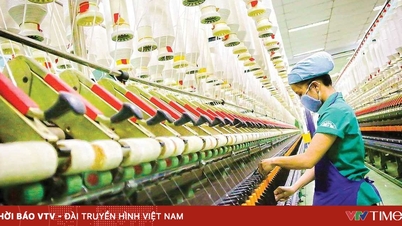

























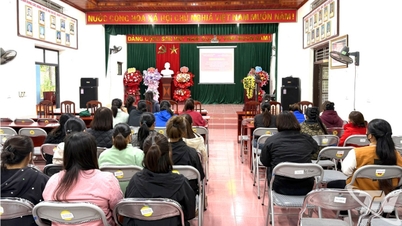

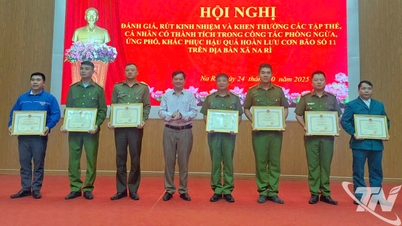


![[Photo] General Secretary To Lam meets with General Secretary and President of Laos Thongloun Sisoulith](https://vphoto.vietnam.vn/thumb/1200x675/vietnam/resource/IMAGE/2025/10/25/1761380913135_a1-bnd-4751-1374-7632-jpg.webp)

















































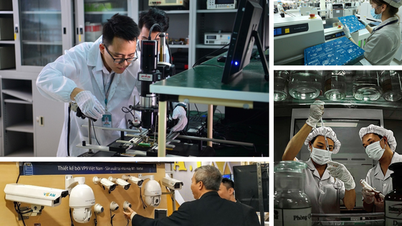




















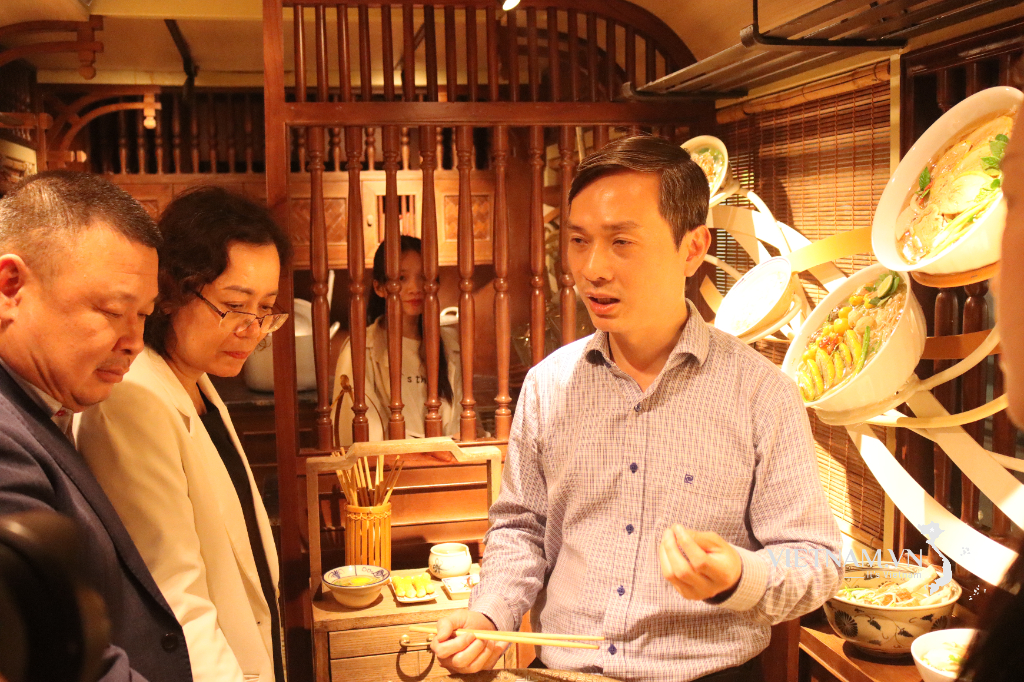


Comment (0)